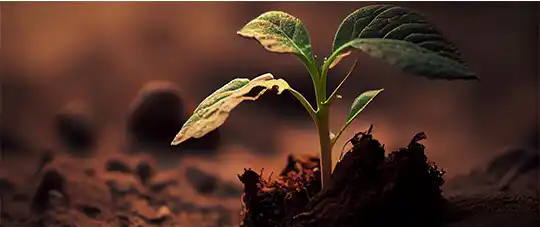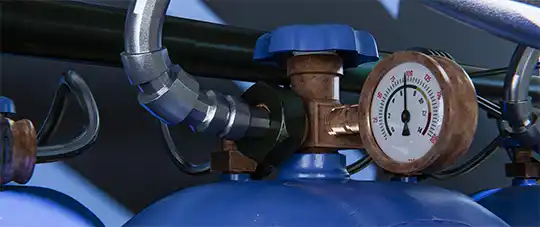The consumption of fertilizer in sub-Sahara African countries is very low. This impends the increase in agricultural production in the region. Mr. Hermengildi Temu, the local Irish potato farmer from Arusha region, remarked that according to his experience “one acre that hasn’t been provided with fertilizer could produce an average of 15 to 20 bags of Irish potatoes during harvest, on the contrary, the same acre that has been applied with fertilizer produces an average of 70 to 100 bags of Irish potatoes”.
Higher fertilizer prices might be one of the reasons.
By large, in sub-Sahara Africa, most of fertilizer consumers are small holder farmers with limited access to finance.
Higher fertilizer prices are attributed by the fact that these countries heavily depends on imported fertilizer. For instance, in Tanzania, most of the fertilizer consignment comes from Europe and Asian countries.
The current on-going conflict between Ukraine and Russia and post Covid-19 economic recovery has booted the cost of agricultural inputs including fertilizer in the 2021/22 season. On social media, Dustin Beckerling claims, food insecurity threat is the largest challenge & this will likely galvanize affected governments to lend further support to subsidizing inputs
.
Thanks to the Government’s efforts of subsidizing the fertilizer prices in Tanzania, but for how long will the subsidization go on? Is this the work up call to start strategizing on how we’re going to start depending on local and regional production to bring the product closer to the farmers so as to reduce costs?
Is this the work up call to increase local/regional production?
Do we have adequate raw materials?
Albeit not all, Tanzania possesses significant raw materials for synthetic fertilizer production, such as urea and phosphorus.
Tanzania have appreciable natural gas and phosphate reserves to increase fertilizer supply in the country and outside markets.
As of 2010, recoverable natural gas reserves were estimated at 57.54 Trillion cubic feet (tcf) – comprising 10.14 (tcf) onshore and 47.13 (tcf) deep offshore.
Natural gas produces Ammonia which is used to produce Urea – the nitrogenous fertilizer.
Currently Natural gas is produced in three sources in Tanzania, Songo Songo, Mnanzi bay and Kiwani North. The on-going negotiations about the Liquefied Natural Gas (LNG) Project once implemented will further boast the production of Natural Gas.
Tanzania also possesses deposits of Phosphate. Phosphate contains phosphorus, an essential nutrient that contributes to the growth and metabolic reaction of all animals and plants.
Prof. Muhongo, the then Minister of Minerals and Energy, once remarked that Tanzania is sitting on huge deposits of phosphates
.
The known areas in phosphate deposits lies to the southwestern Tanzania along Panda Hills having a reserve about 370 million tones.
The first phosphate deposits to be discovered in Tanzania were found at Minjingu near Arusha in the late 1980s, a home of Minjingu Phosphorus Rock.
Minjingu Phosphorus Rock is a biogenic type sedimentary deposit: the two type of Minjingu Phosphorus Rock are – soft phosphate ore which are estimated to be 33 Million tones and hard phosphate ore which are estimated to be 4.8 million tones.
Potential market
The existing raw materials, if properly utilized, is capable of meeting the current domestic demand of the product.
Since domestic production can result in lower prices of fertilizer, the domestic demand will gradually increase because most of the smallholder farmers will be motivated to use the product which they currently barely afford due to the high prices.
Potentially, most of the neighboring countries can also benefit from Tanzania, if at all it embarked on domestic production of fertilizer. The country has a favorable geographical location, sitting alongside the India Ocean, bordered by Kenya, Uganda and Lake Victoria in the north, in the west by Lake Nyasa, Malawi, Zambia, Lake Tanganyika, Democratic Republic of Congo, Burundi and Rwanda, in the south by Mozambique.
Saloni Shah, A food and Agricultural Analyst at Breakthrough and Nnaemeka Odionye remarked that Tanzania has appreciable natural gas and phosphate resources to increase fertilizer supply for themselves and the growing agro producers like Cameron, Central Africa and Ethopia
.
Disclaimer




